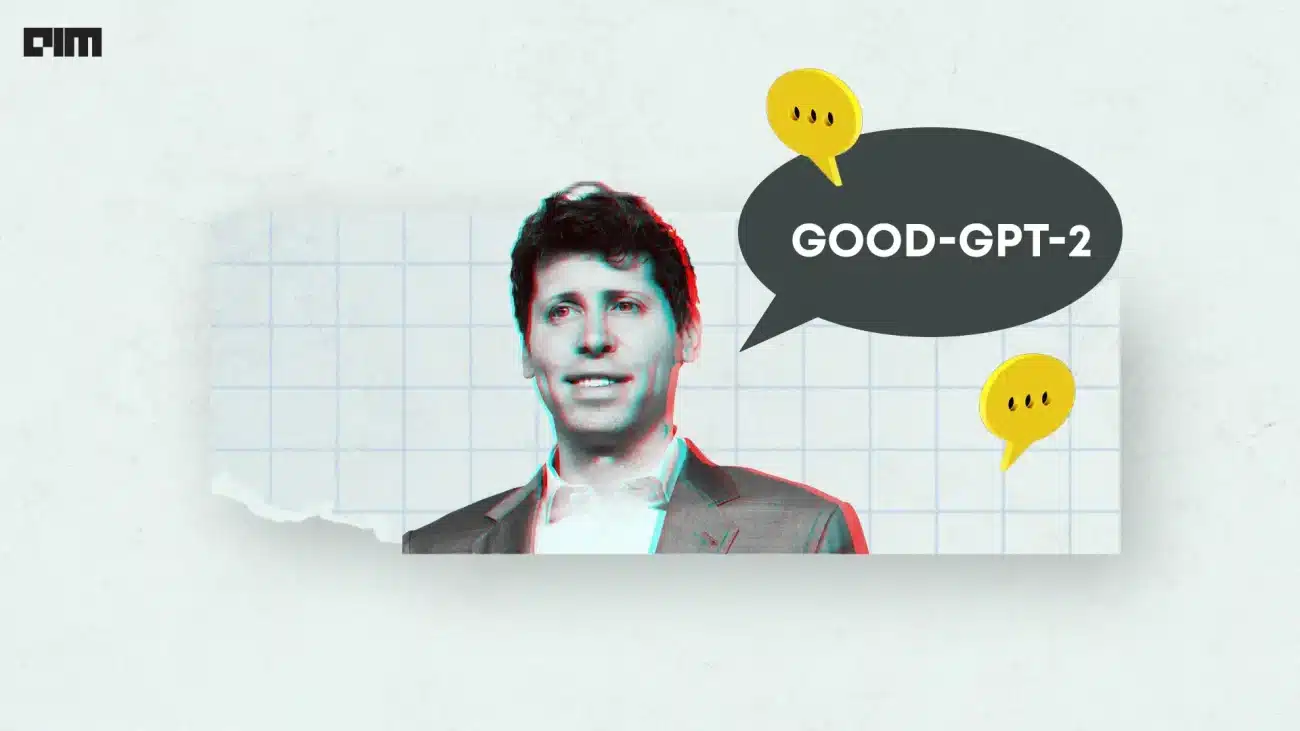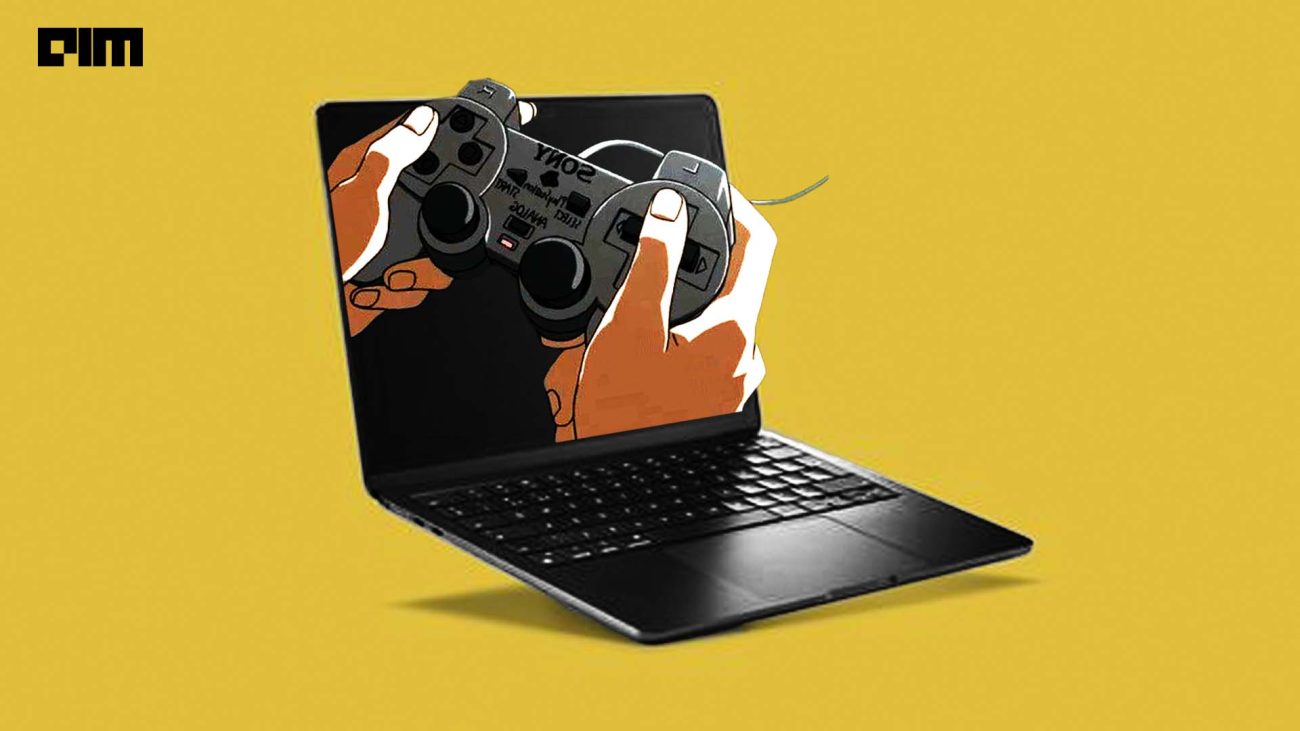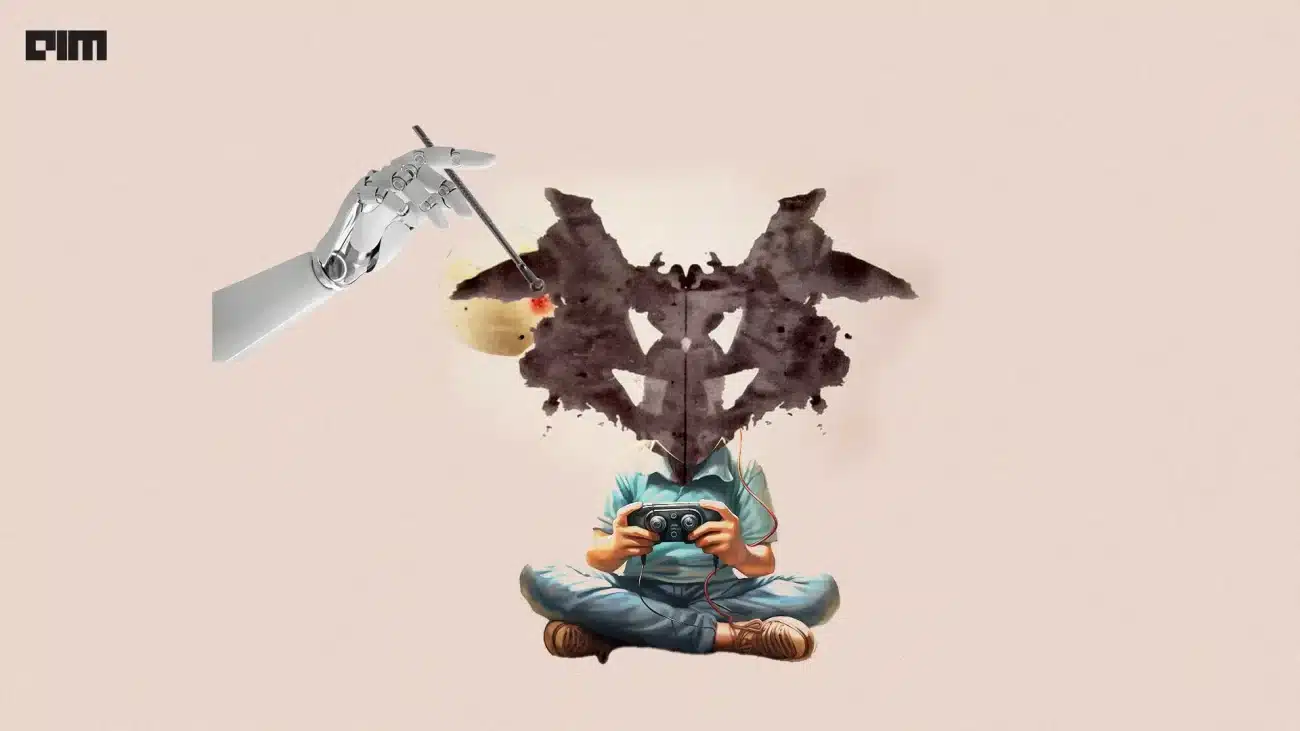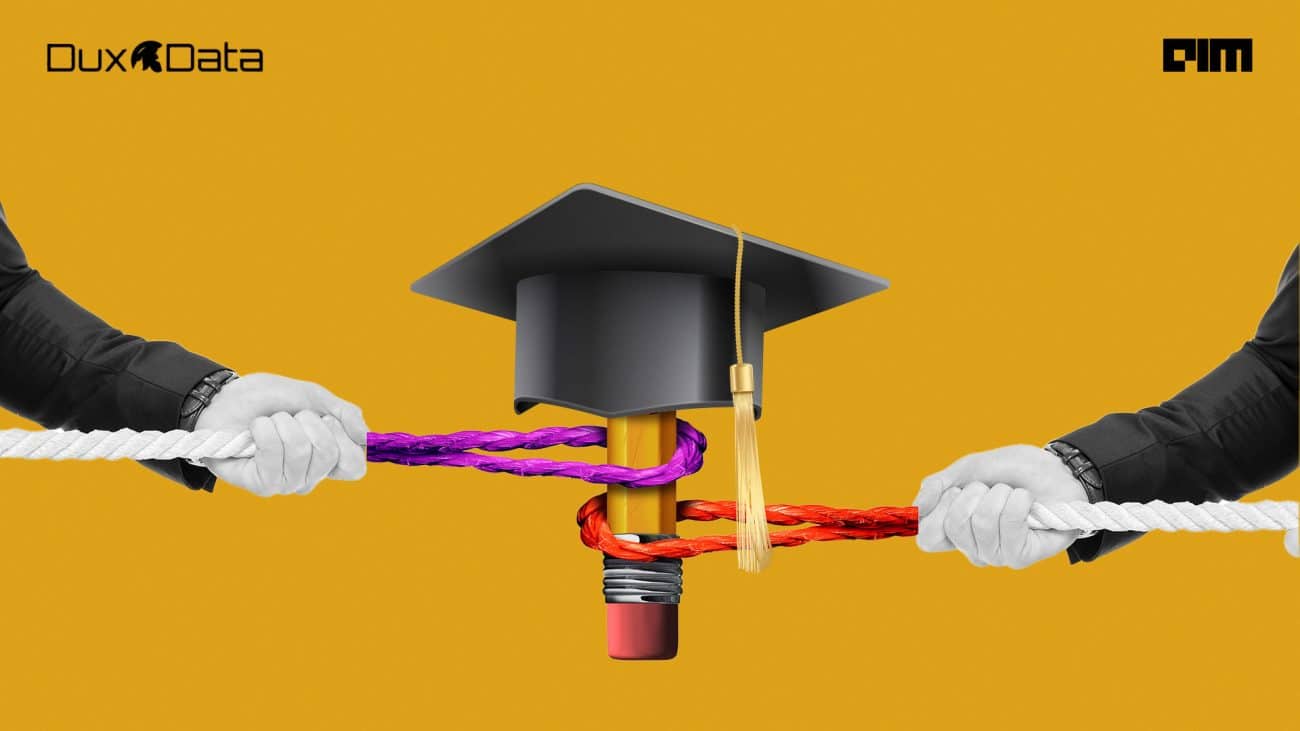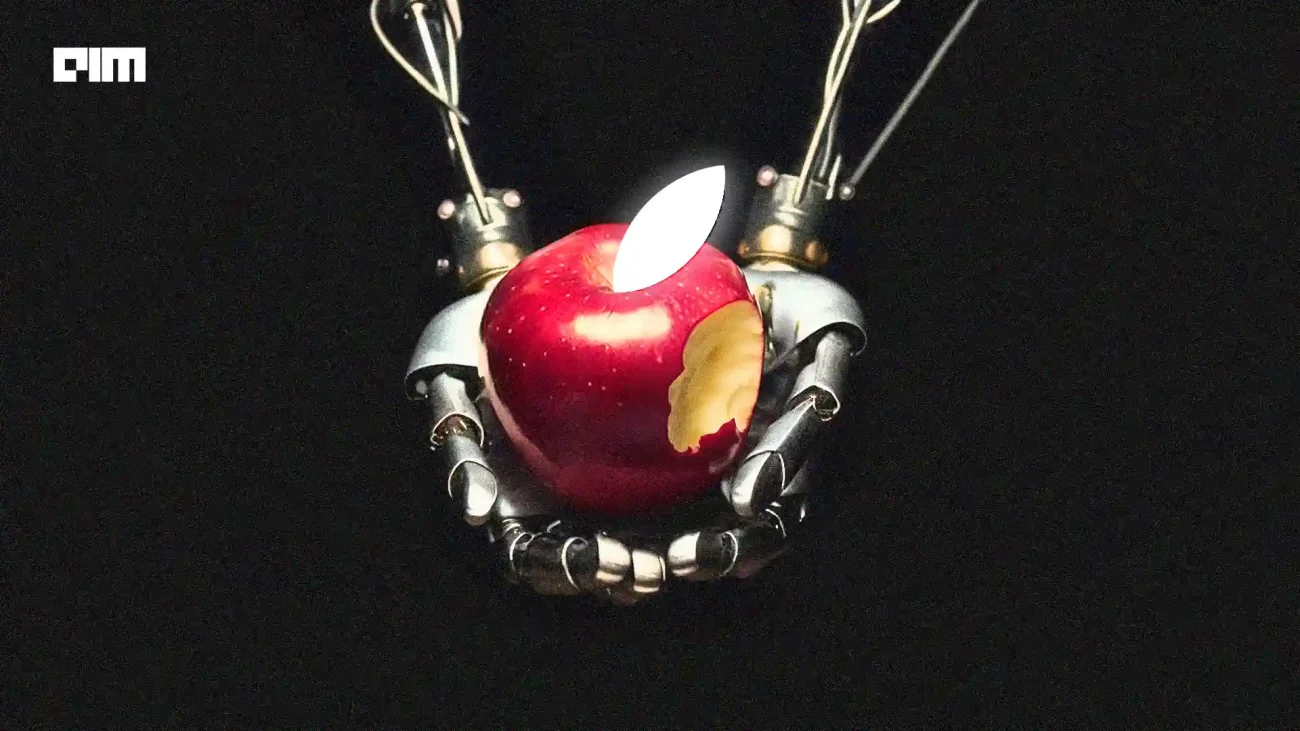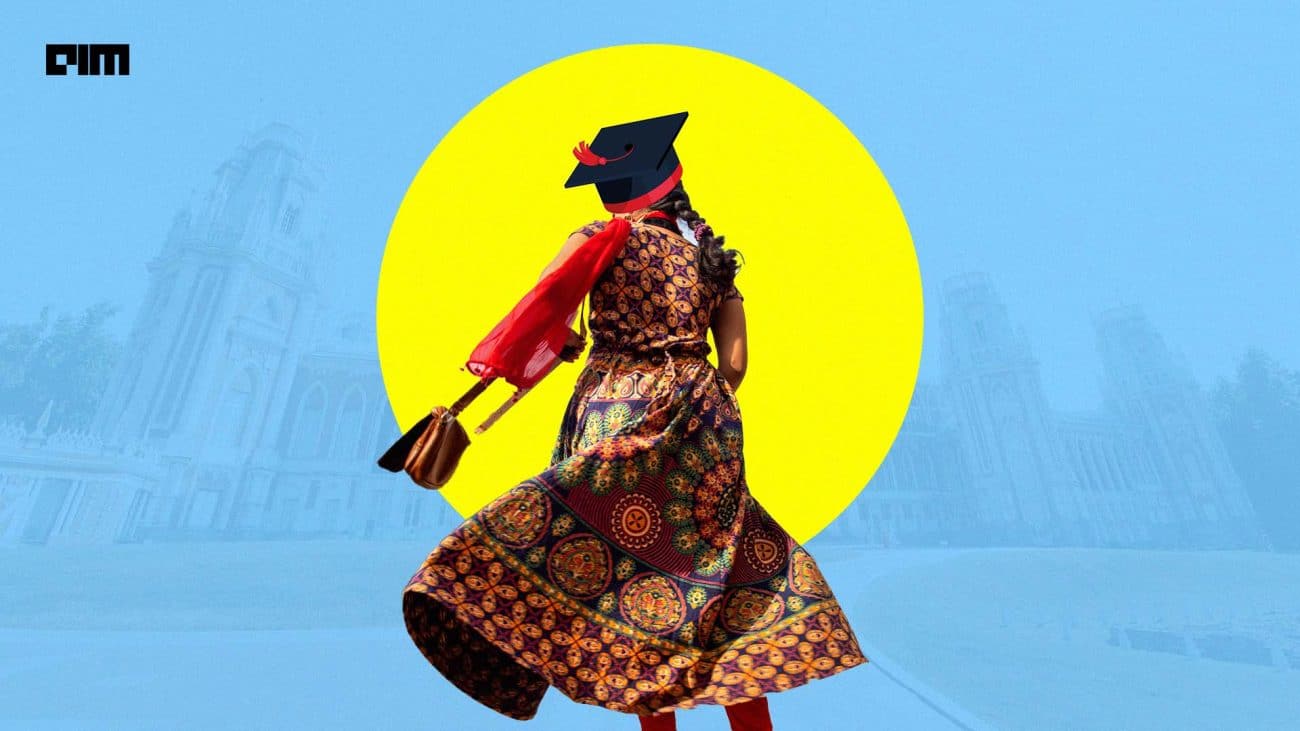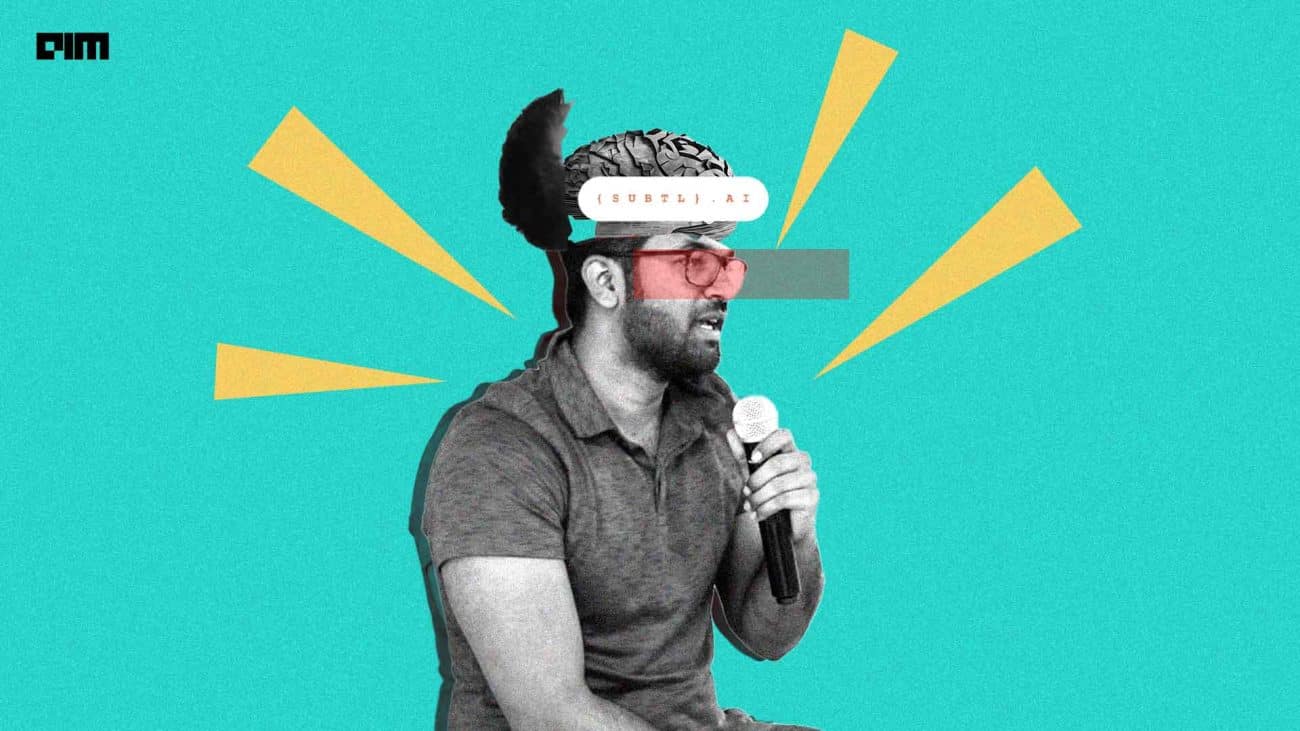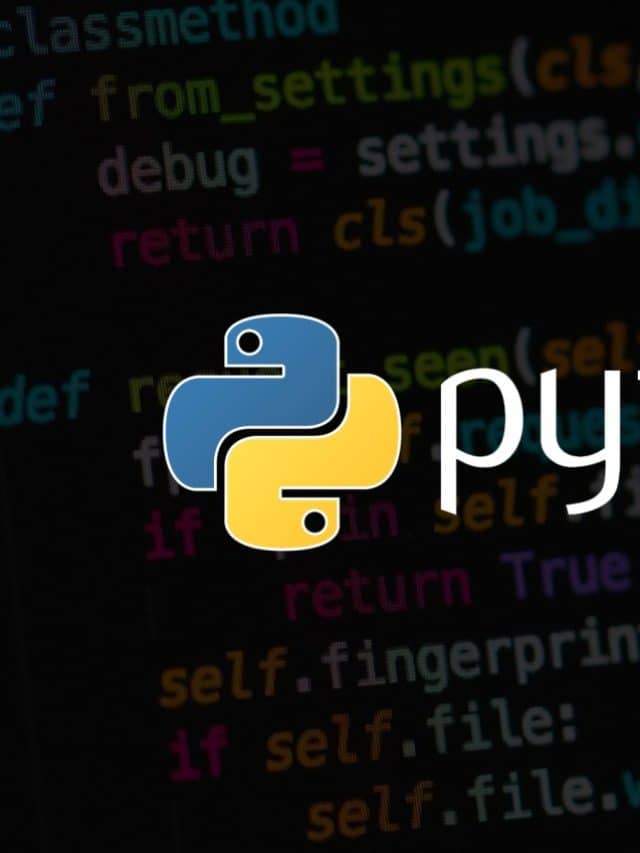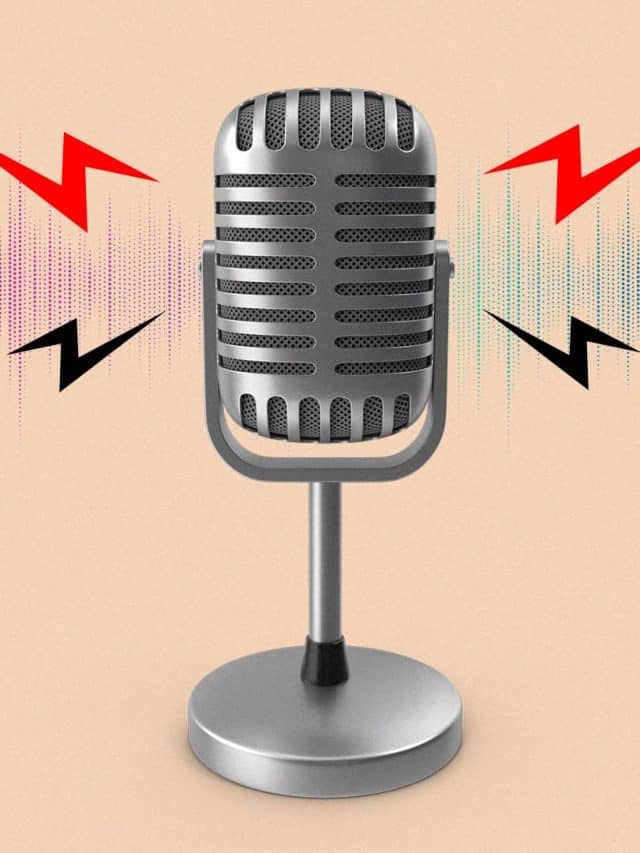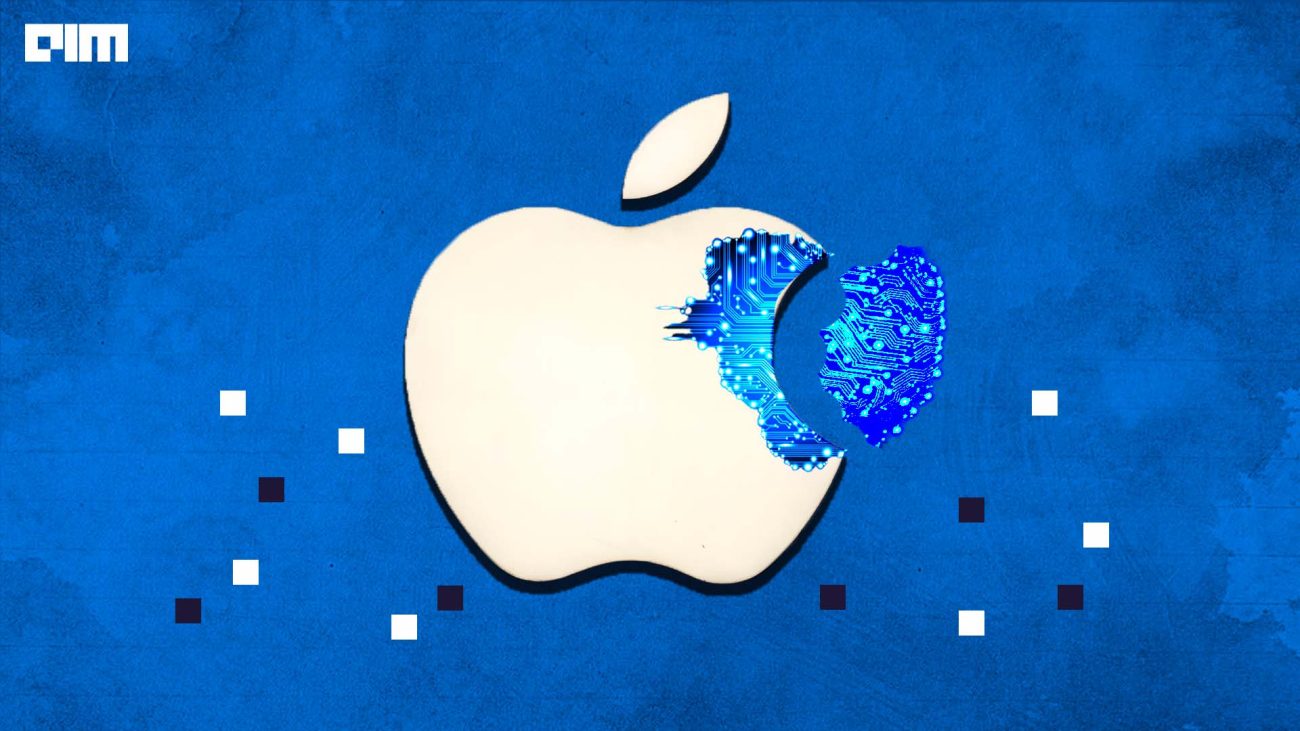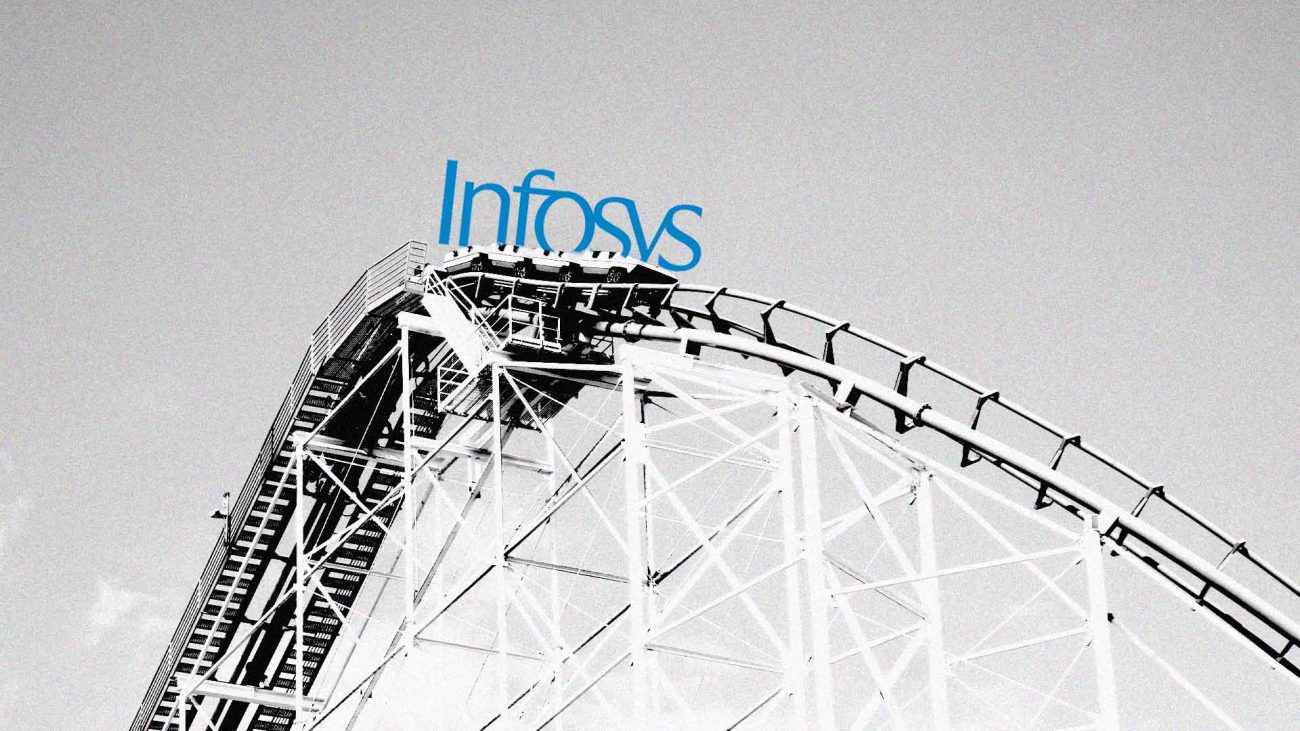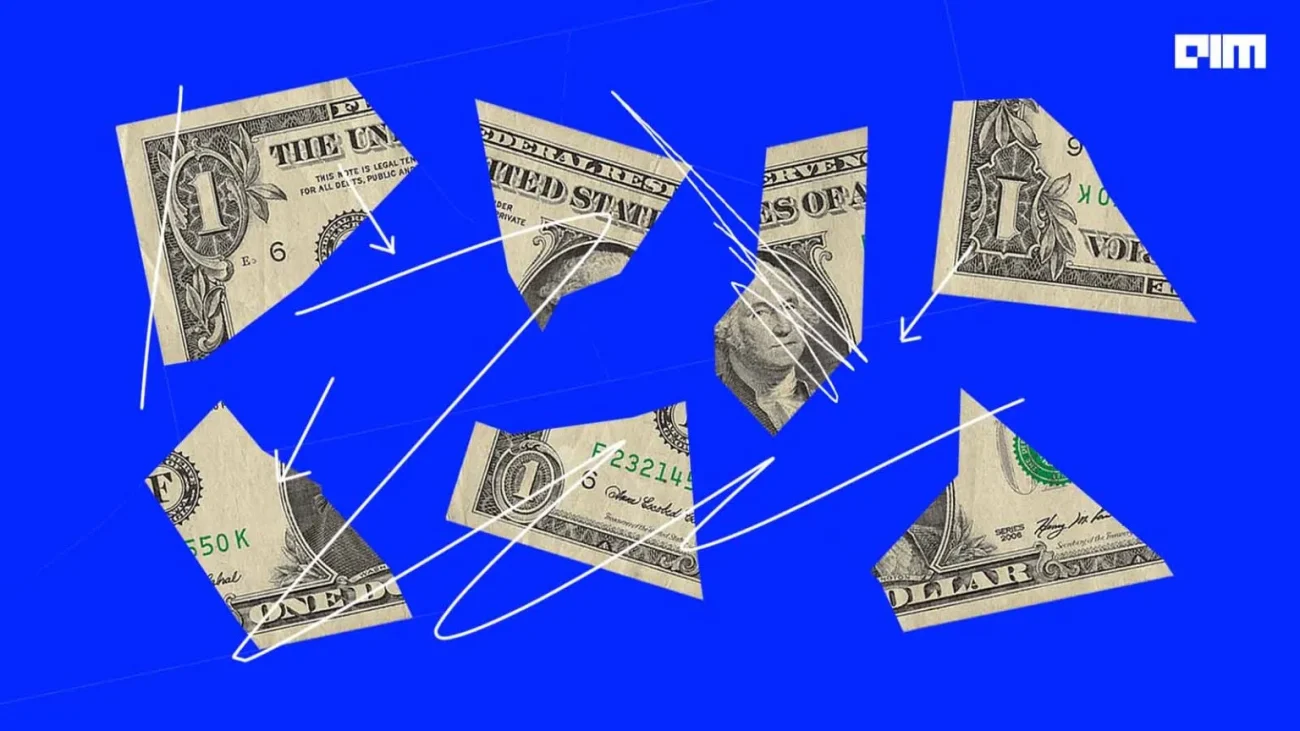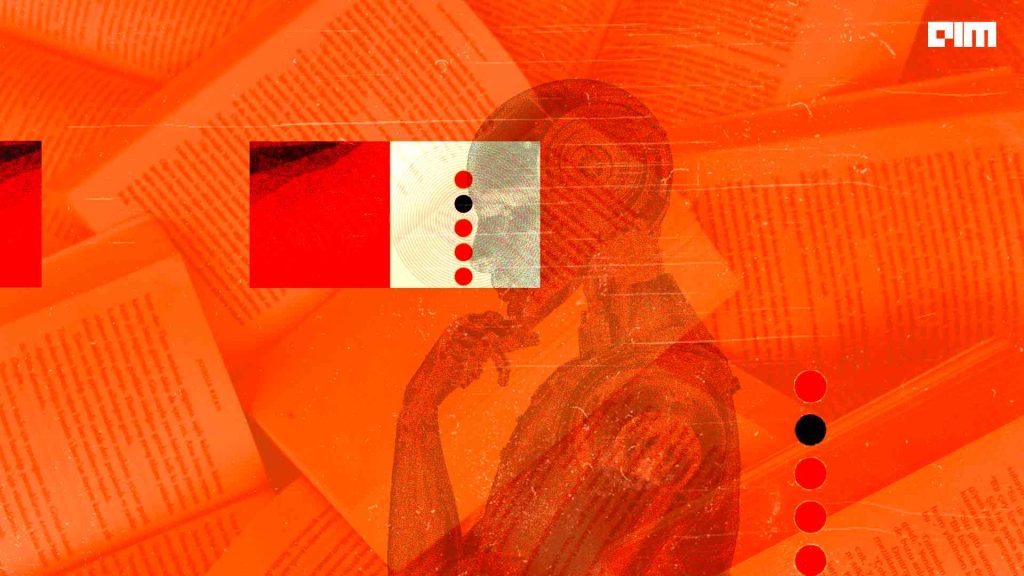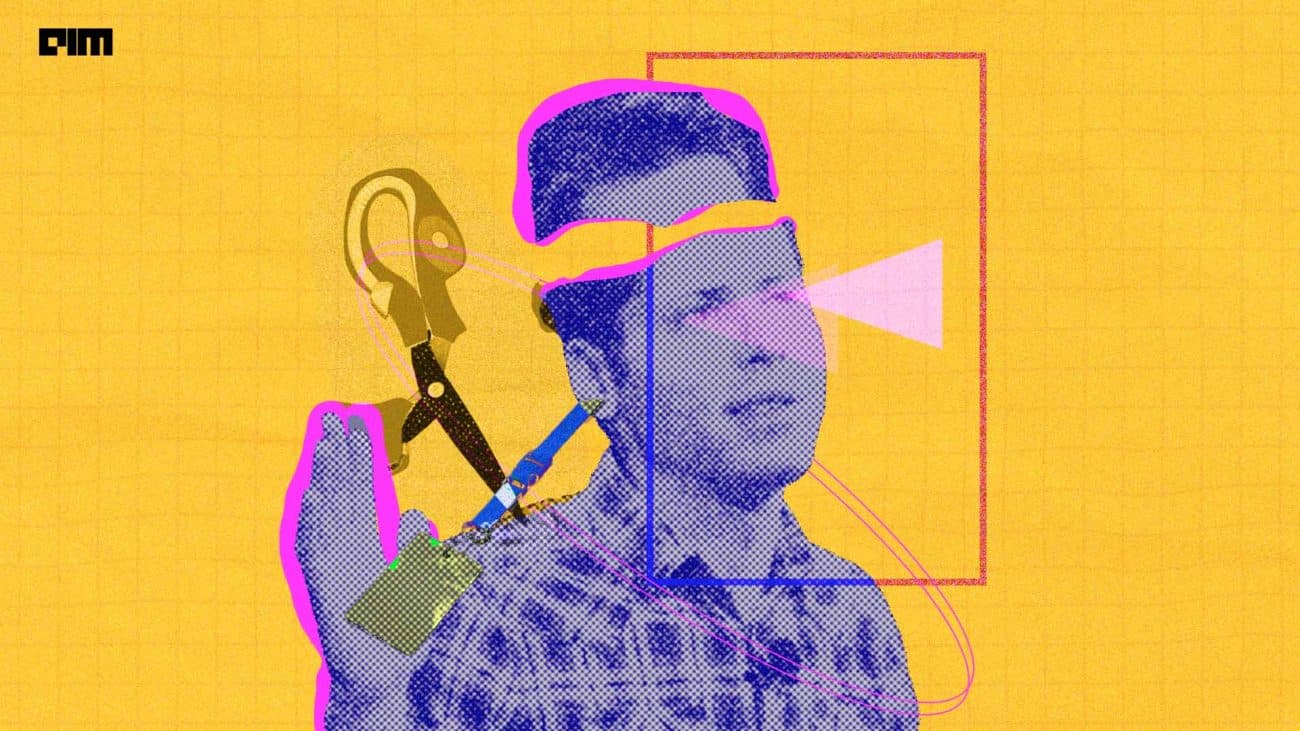Serena Williams, Lionel Messi, and Lebron James are called GOATs (greatest of all time) in their respective fields for a reason. Fans use phrases like ‘out of this world’ or ‘not humans’ to characterise the level of skill, game IQ, and natural talent these athletes showcase — day in and day out. However, these GOATS also have bad days. After all, they are only humans.
Enter, machines. In board games, algorithms have taken the GOATs of Chess and Go to the cleaners already. But field sports are a different beast altogether.
Over the years, scientists and engineers have developed robots that can play several field sports. Below, we look at some of the best in the business.
ROB-OT BMS 1000 – Golf
ROB-OT BMS 1000 is the world’s first AI-powered golfer robot. ROB-OT can replicate shots of any professional golfer. It can compete in long drive competitions against the world’s best, compete for closest-to-the-target competitions, and take up tee shots (the first shot) on a designated hole. The robot also has an intricate database and software capabilities that can help golfers improve their game: A combination of the most sophisticated golf robot, multi-launch monitors, accelerometers, and gyroscopes records a golfer’s swing to give feedback to help them up their game.
FORPHEUS – Table Tennis
Developed by the Japanese firm Omron, FORPHEUS is a robot with a swing paddle in its arm controlled by Artificial Intelligence and a 5-axis motor system. Two cameras track the ball at a rate of 80 times per second, which can help return the table tennis ball by accounting timing, direction, and trajectory within one-thousandth of a second. A third camera and AI are used to analyse its opponent’s movements and skill-level. This helps FORPHEUS to develop unique intelligence and educational capabilities to train students. FORPHEUS is a Guinness World Record holder for the first robot table tennis tutor.
Cue3 – Basketball
Cue3 is a 6’10” humanoid robot built to shoot basketballs. The latest version in the Cue series uses a set of sensors on its torso to measure the distance from the basket to adjust its shots. Toyota built Cue3 to demonstrate its visual feedback capability. The robot has demonstrated a three-point accuracy of 62.5%, higher than all humans. However, it cannot run, dribble or execute. The robot has a Guinness record to its name for the most consecutive basketball free throws by a humanoid robot.
Atlas – Gymnastics
The video of the Boston Dynamics’ robot Atlas dancing to the tune of ‘Do you love me’ by The Contours went viral recently. In the past, Atlas, has performed various jumps, mid-air 180-degree direction changes, and back-flips at different heights with perfect landings. Atlas’s advanced control system enables highly diverse and agile locomotion, and the 28 hydraulics joints provide mobility. The robot’s algorithms reason through complex dynamic interactions involving the whole body and environment to plan movements.
NAO – Football
RoboCup is an international tournament where robots participate every year in a football competition. Depending on the league, different teams worldwide program a team of humanoid and non-humanoid robots to play a game of football. Softbank’s famous robot, NAO, is used for the Standardised Platform league. NAO has multiple sensors, embedded vision, and 25 degrees of flexibility. These robots perform autonomously after the kick-off. They use AI to play the game, improve their systems, and interact with other robots on the pitch.
Sumo Robots
Japan’s famous Sumo wrestling has now got a 21st-century twist: Tiny sumo robots. Robots in different sizes and classes compete with each other in tournaments. Once the game starts, each robot acts autonomously based on a set of rules pre-programmed into the bot. These robots have lightning-fast decision-making skills and operate at incredible speeds.
Jennifer – Skiing/Ice hockey
Jennifer, the tiny robot created by students at the Autonomous Agents Laboratory at the University of Manitoba in Canada, has demonstrated incredible skiing and ice hockey skills. According to Jennifer’s creators, the cross-country skiing gait is based on the linear inverted pendulum model and is inspired by walking and ice skating gaits developed for the DARwIn-OP robot.
Jenga
While not a professional sport, scientists at MIT have used a machine learning approach to train a robot to play Jenga. The robot comes with embedded vision, a force-sensing wrist cuff, and a pair of soft-prongs. It uses its vision and cuff to poke at a tower of Jenga blocks gently. The robot can then take feedback in real-time and learn which block is the best to extract and place without rattling the pieces.













